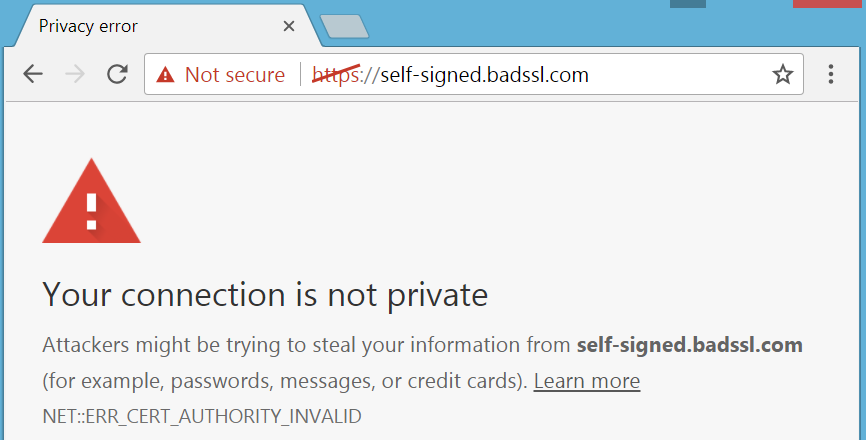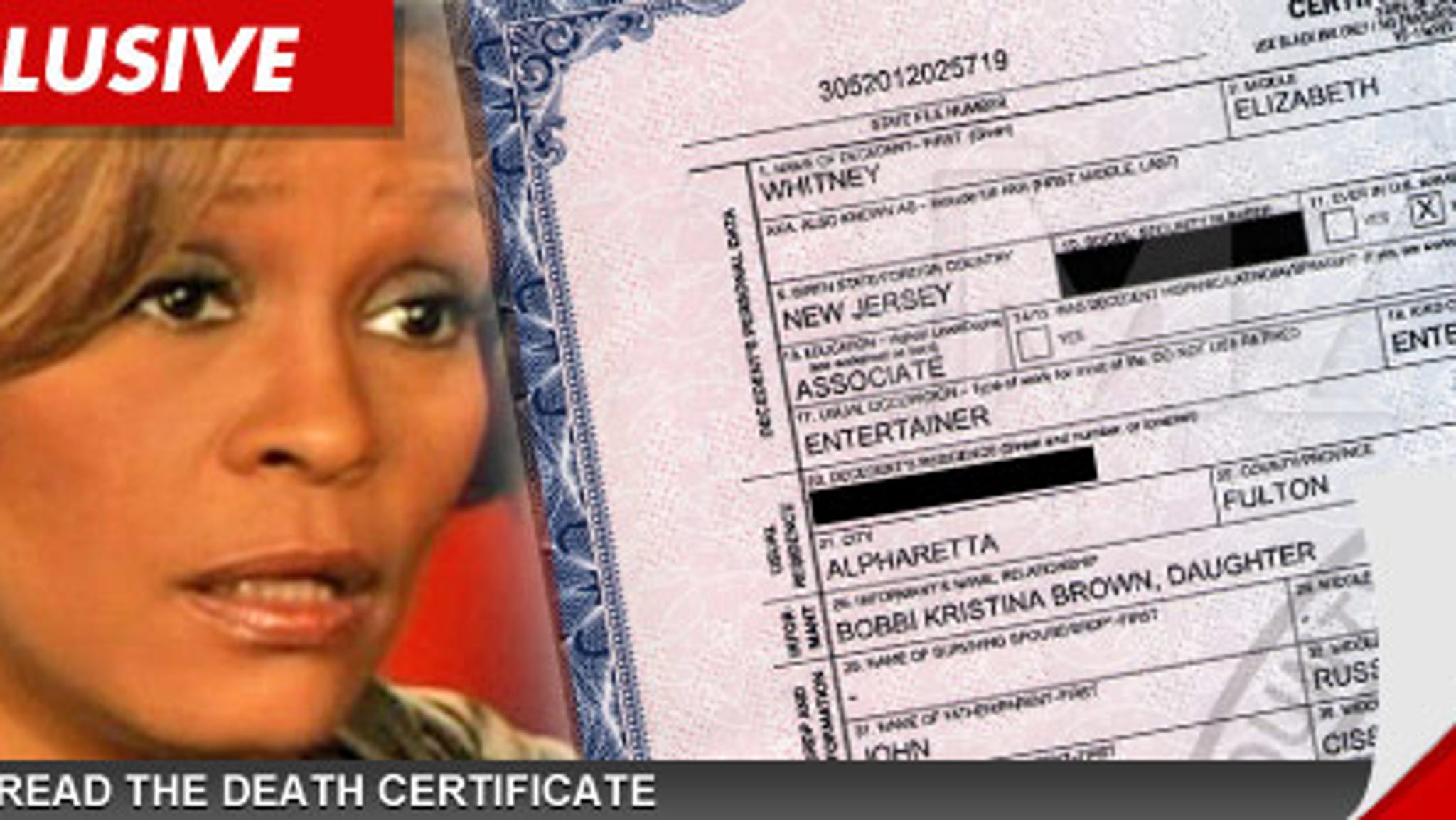

In older versions of the product you can find the corresponding option labelled Scan SSL when you go to Modules > Web Protection You could try reinstalling it, which might trigger the software into placing its certificates into the Firefox trust store again.

Third-party antivirus software can interfere with Firefox's secure connections. In particular, the error code MOZILLA_PKIX_ERROR_MITM_DETECTED indicates that Firefox detected connection interception. The most common causes are security software scanning encrypted connections, or malware listening in and replacing legitimate website certificates with their own. If you get this problem on multiple unrelated HTTPS-sites, it indicates that something on your system or network is intercepting your connection and injecting certificates in a way that is not trusted by Firefox. The error occurs on multiple secure sites If you click the Advanced button on a "Warning: Potential Security Risk Ahead" error page and you see the error code SEC_ERROR_UNKNOWN_ISSUER or MOZILLA_PKIX_ERROR_MITM_DETECTED, it means that the provided certificate was issued by a certificate authority that is not known by Firefox and, therefore, cannot be trusted by default. 3.1 Certificate issued by an authority belonging to Symantecĭuring a secure connection, a website must provide a certificate issued by a trusted certificate authority to ensure that the user is connected to the intended target and the connection is encrypted.3 The error occurs on one particular site only.2.3 Monitoring/filtering in corporate networks.2.2 Family Safety settings in Windows accounts.2 The error occurs on multiple secure sites.

If the issue persists, you can follow the steps in the next section to temporarily disable SSL protocol filtering to continue browsing without interruption. You should now be able to access web pages that use SSL certificates without interference. Press the F5 key on your keyboard to access Advanced setup.Ĭlick Web and email, expand SSL/TLS, click the slider bar next to Enable SSL/TLS p rotocol filtering to re-enable it, and then click OK.

Open the main program window of your Windows ESET product.Ĭlick Web and email, expand SSL/TLS, click the slider bar next to Enable SSL/TLS p rotocol filtering to disable it and then click OK. This issue is often resolved by disabling and then re-enabling SSL protocol filtering. In some cases, the root certificate is not properly imported during the ESET security products installation. Disable and re-enable SSL protocol filtering


 0 kommentar(er)
0 kommentar(er)
